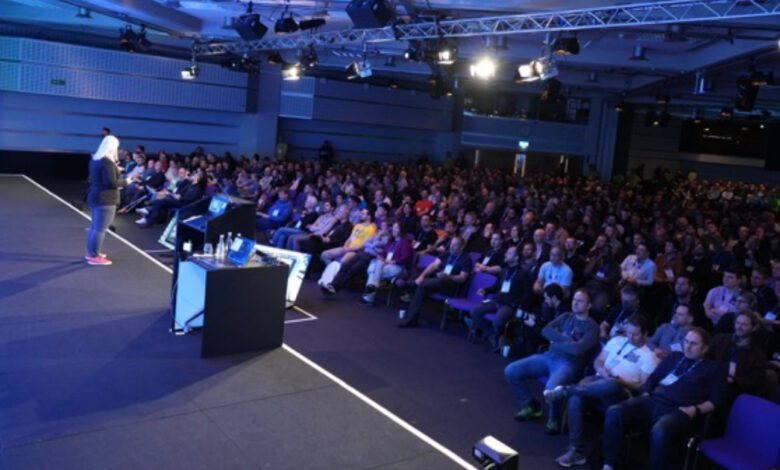People, Planet, Cloud and AI: Key Takeaways from QCon London

This year’s QCon London was a treasure trove of talks, covering a wide spectrum of topics directly or indirectly related to software architecture. From the burgeoning field of AI to the more established realms of cloud computing and even the timeless classics like architecture quality traits, the conference left no stone unturned. It also delved into the sociotechnical aspects of software architecture and engineering and, importantly, the pressing issue of sustainability.
That’s a wrap! #QConLondon 2024 has come to an end. Thank you to every speaker and attendees!
Let’s reflect on the insights shared, the innovative ideas sparked, and the community spirit that has energized us all.
See you all at our upcoming events. pic.twitter.com/CPv5CizpBc
— QCon London Software Development Conference (@qconlondon) April 10, 2024
Despite much focus on the AI revolution, which is slowly making its way into the mainstream, AI-based solutions are relatively niche but will become more prominent in coming years. The speakers in the Architecture for the Age of AI track, hosted by Fabiane Nardon, Data Platform Director at Totvs, showcased AI-based workloads and capabilities their companies created.
In particular, Nischal HP, Vice President of Data Science at Scoutbee, discussed challenges in incorporating an LLM-based supplier discovery in the supplier management system. HP described a difficult journey his team took to create a usable product after many iterations of customizing the base generic model to correctly leverage specialist knowledge and data the company collects and organizes. He warned the audience to carefully consider the benefits of using LLMs and take into consideration substantial challenges, including costs of model training, upskilling the team, and making AI software development sustainable for people.
In the track Architecture Through Different Lenses, hosted by Blanca Rojo, Executive Director at UBS, many speakers touched on the human and organizational factors of creating software architectures. Gregor Hohpe, Director of Enterprise Strategy at Amazon, discussed the ever-evolving role of the technical architect in the age of cloud computing and agile software delivery.
Architects aren’t the smartest people in the team. They make everyone else smarter.
Milena Nikolic, CTO at Trainline, talked about the company’s journey towards a more streamlined organizational structure and better system architecture. She highlighted the need to adapt organizational structures to meet business needs and discussed the resiliency and reliability of microservice-based architectures.
In the same track, Sara Bergman, a Senior Software Engineer at Microsoft, focused on green software (and green architecture) and offered advice on how companies can reduce their carbon footprint while leveraging cloud computing. Other talks highlighted the growing impact of the IT industry on carbon emissions and the need for sustainability, particularly in the context of compute-intensive AI workloads.
Supporting and enabling teams in building and maintaining complex architectures was an underlying thread through many talks. One of the notable talks in the Architectures You’ve Always Wondered About track, hosted by Cassandra Shum, Vice President of Field Engineering at RelationalAI, discussed how Backstage helped greatly improve developer productivity at Spotify. Pia Nilsson, Senior Director of Engineering, and Mike Lewis, Staff Engineer, provided the overview of Backstage’s plugin system that enables the extensibility and customization within this platform, helping Spotify and other companies that use it create well-tailored Internal Developer Platforms.

Wojtek Ptak, Head of Engineering at Revolut, and Andrzej Grzesik, Distributed Systems Engineer at LMAX, highlighted the benefits of streamlined and simplified architectures to enable hypergrowth in the FinTech sector. Their talk in The Tech of FinTech track, hosted by Ian Ellis, Technology Consultant and Investor, focused on leveraging well-proven techniques and heuristics, like Westrum’s Culture Model, Theory of Constraints, and Fitness Functions to optimize the organizational structure and culture, as well as improving the quality and maintainability of large architectures.
Access recorded QCon London talks with a Video-Only Pass.

![Top AWS Certification for Developers [Trending] Top AWS Certification for Developers [Trending]](https://europeantech.news/wp-content/uploads/2024/06/top_aws_crtification_for_developers-390x220.jpg)

